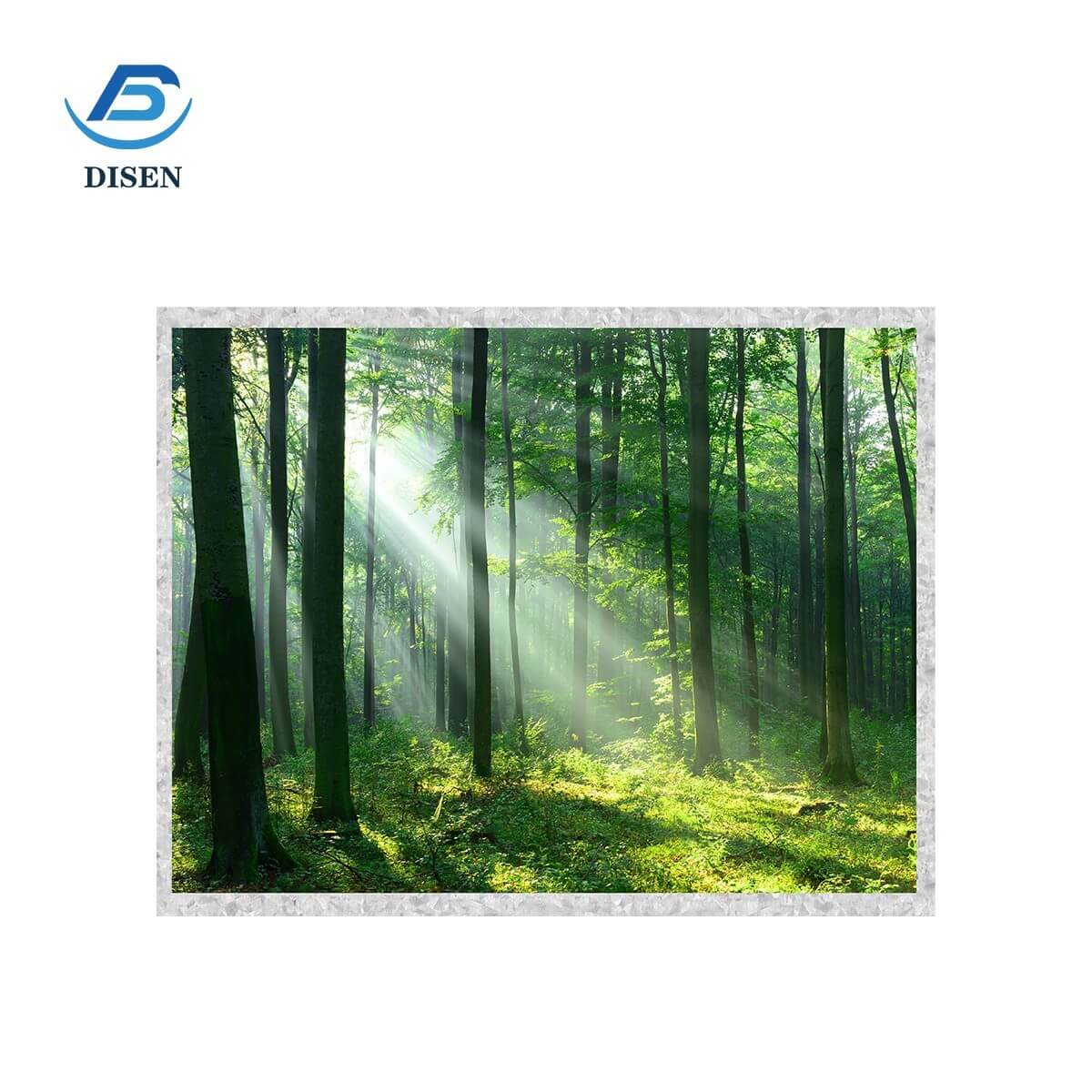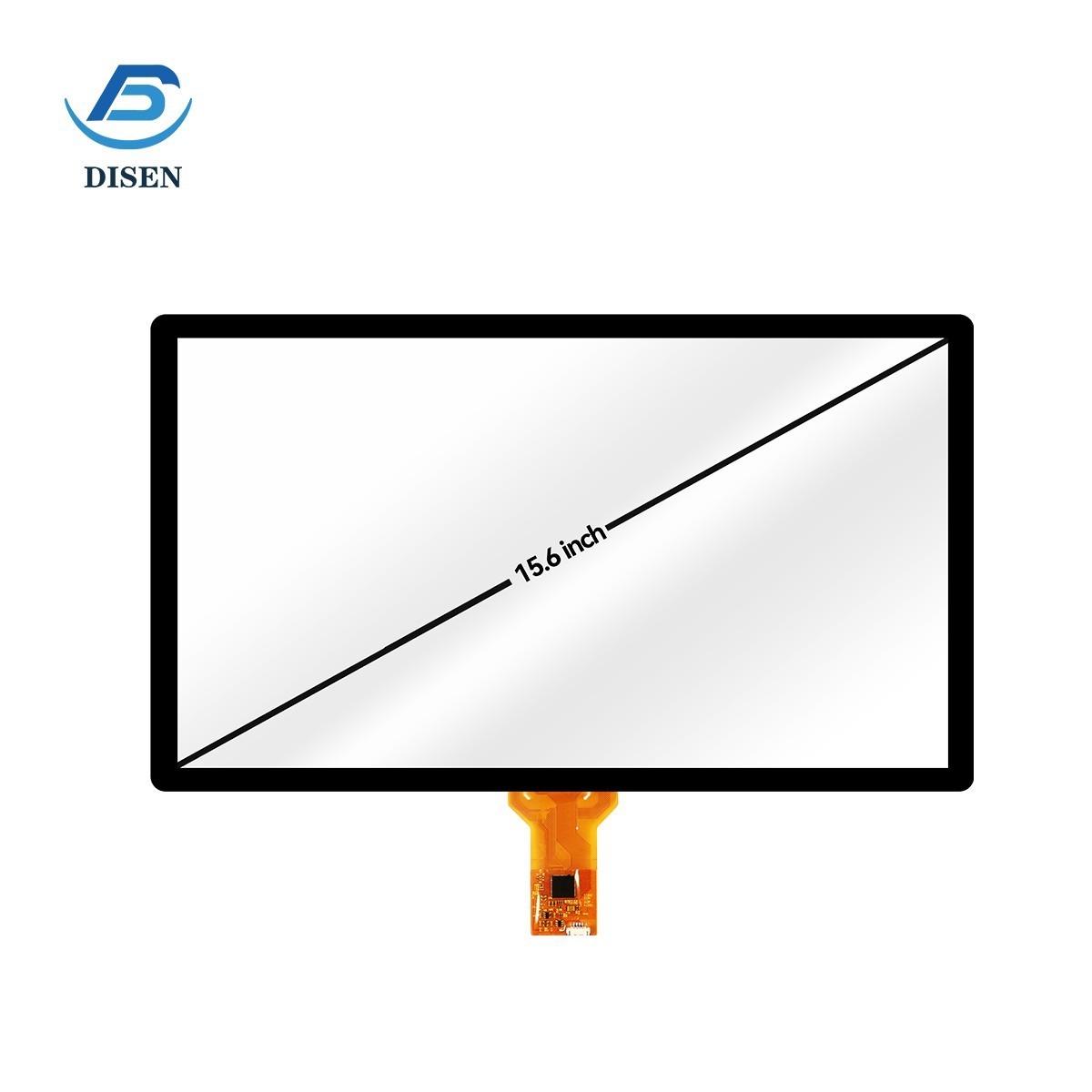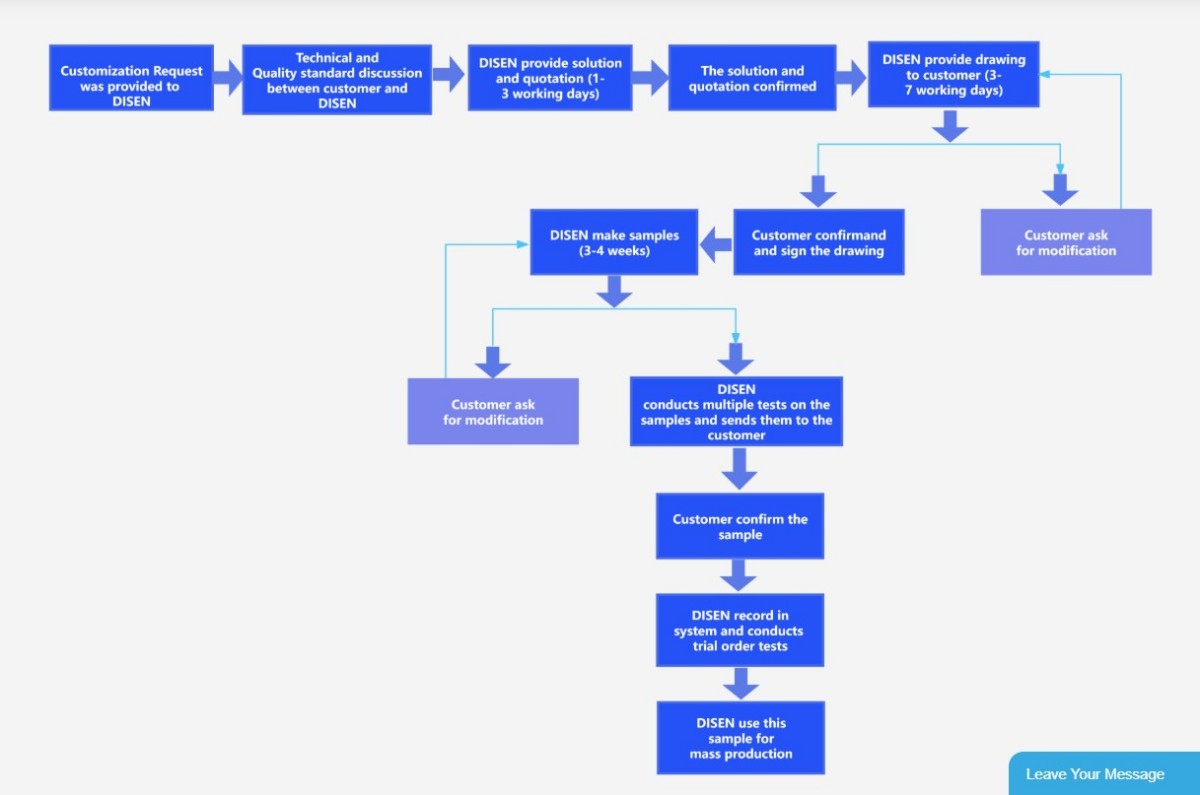Customizing an LCD display module involves tailoring its specifications to fit specific applications. Below are key factors to consider when designing a custom LCD module:
1. Define Application Requirements. Before customization, it’s essential to determine:
Use Case: Industrial, medical, automotive, consumer electronics, etc.
Environment: Indoor vs. outdoor (sunlight readability, temperature range).
User Interaction: Touchscreen (resistive or capacitive), buttons, or no input.
Power Constraints: Battery-powered or fixed power supply?
2. Selecting the Display Technology
Each LCD type has advantages depending on the application:
TN (Twisted Nematic): Low cost, fast response, but limited viewing angles.
IPS (In-Plane Switching): Better colors and viewing angles, slightly higher power consumption.
VA (Vertical Alignment): Deeper contrast, but slower response time.
OLED: No backlight needed, great contrast, but shorter lifespan for some applications.
3.Display Size & Resolution
Size: Standard options range from 0.96″ to 32″+, but custom sizes are possible.
Resolution: Consider pixel density and aspect ratio based on your content.
Aspect Ratio: 4:3, 16:9, or custom shapes.
4. Backlight Customization
Brightness (Nits):200-300 nits (indoor use) 800+ nits (outdoor/sunlight-readable)
Backlight Type: LED-based for energy efficiency.
Dimming Options: PWM control for adjustable brightness.
5. Touchscreen Integration
Capacitive Touch: Multi-touch, more durable, used in smartphones/tablets.
Resistive Touch: Works with gloves/styluses, ideal for industrial applications.
No Touch: If input is handled via buttons or external controllers.
6. Interface & Connectivity
Common Interfaces: SPI/I2C: For small displays, slower data transfer.
LVDS/MIPI DSI: For high-resolution displays.
HDMI/VGA: For larger displays or plug-and-play solutions.
USB/CAN Bus: Industrial applications.
Custom PCB Design: For integrating additional controls (brightness, contrast).
7. Durability & Environmental Protection
Operating Temperature: Standard (-10°C to 50°C) or extended (-30°C to 80°C).
Waterproofing: IP65/IP67-rated screens for outdoor or industrial environments.
Shock Resistance: Ruggedization for automotive/military applications.
8. Custom Housing & Assembly
Glass Cover Options: Anti-glare, anti-reflective coatings.
Bezel Design: Open frame, panel mount, or enclosed.
Adhesive Options: OCA (Optically Clear Adhesive) vs. Air Gap for bonding.
9. Production & Supply Chain Considerations
MOQ (Minimum Order Quantity): Custom modules often require higher MOQs.
Lead Time: Custom displays may take 6-12 weeks for design and production.
10. Cost Factors
Development Costs: Custom tooling, PCB design, interface adjustments.
Production Costs: Higher for low-volume orders, optimized for bulk.
Long-Term Availability: Ensuring component sourcing for future production.
Post time: Mar-05-2025










